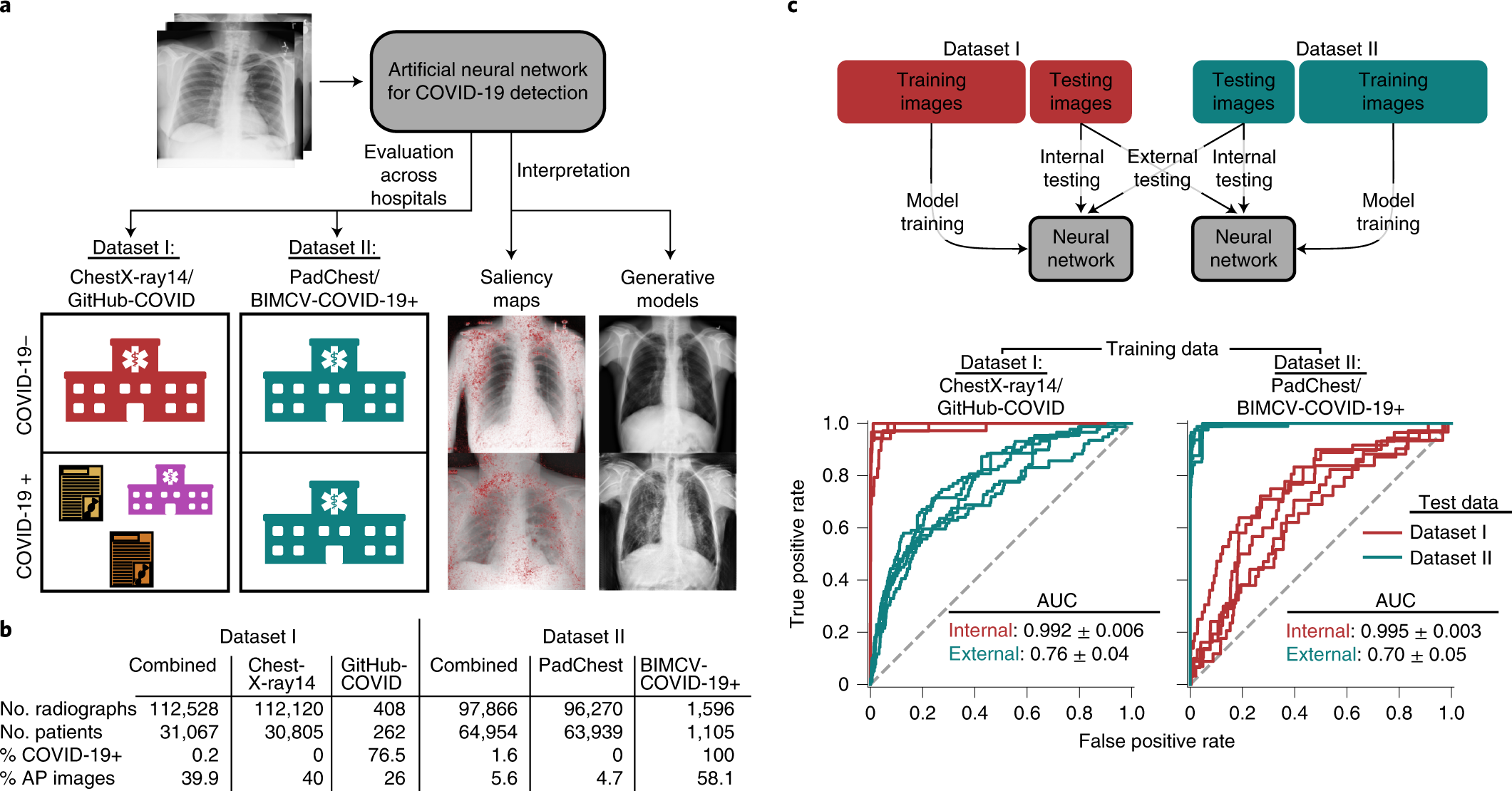In a recent study published in Nature Machine Intelligence, researchers delved into the realm of AI classifiers, exploring their potential in detecting severe acute respiratory syndrome coronavirus-2 (SARS-CoV-2) infection status from audio data. As the world grapples with the ongoing COVID-19 pandemic, the quest for accurate and efficient diagnostic tools remains paramount. Amidst this landscape, AI classifiers have emerged as a promising avenue for screening and detection, yet their practical application encounters significant real-world challenges.
Investigating the effectiveness of AI classifiers
Within their investigative endeavors, researchers embarked on a quest aimed at discerning the effectiveness of artificial intelligence (AI) classifiers in prognosticating COVID-19 status through the utilization of audio-derived datasets. The study, drawing upon an expansive repository of polymerase chain reaction (PCR) data intricately linked with audio-based COVID-19 screening (ABCS), sought to traverse the vast expanse between theoretical efficacy and pragmatic applicability.
Participants enlisted in this investigation hailed from both the Real-time Assessment of Community Transmission (REACT) program and the National Health Service (NHS) Test-and-Trace (T+T) service, with meticulous extraction of relevant demographic details poised for exhaustive scrutiny and analysis.
Notwithstanding the promising capabilities demonstrated by AI classifiers in prior research endeavors, their application in real-world contexts faces considerable challenges. Issues such as sampling biases, unverified participant data concerning COVID-19 status, and the temporal discrepancy between infection onset and audio recording emerge as noteworthy hindrances. The study accentuates the critical necessity of distinguishing whether audio biomarkers purportedly indicative of COVID-19 truly denote SARS-CoV-2 infection or merely function as extraneous signals confounding the analysis.
Key findings and implications
The study’s analysis of a vast respiratory acoustic dataset, encompassing 67,842 individuals, illuminates the potential of AI classifiers in COVID-19 screening. With 23,514 individuals testing positive for the virus, the dataset offers rich insights into the interplay of audio biomarkers and infection status. While initial analyses suggest promising predictive accuracy of AI classifiers, the study reveals the intricate influence of confounding factors on detection performance, necessitating nuanced interpretation and validation efforts.
Acknowledging the inherent limitations, including unmeasured confounders and variations in testing protocols, underscores the need for meticulous evaluation procedures in machine learning. By proposing recommendations to mitigate recruitment bias and enhance study robustness, the study charts a course toward more reliable AI-driven screening methods. As the quest for accurate pandemic response tools continues, addressing confounding factors remains pivotal in shaping the efficacy and trustworthiness of AI classifiers in COVID-19 detection.
The intersection of AI classifiers and COVID-19 detection presents both promise and complexity. While advancements in machine learning offer unprecedented opportunities for diagnostic innovation, the road to practical implementation is fraught with challenges. As researchers strive to surmount these obstacles, one question looms large: Can AI classifiers truly fulfill their potential as frontline defenders against the COVID-19 pandemic, or will confounding factors continue to confound our efforts?





